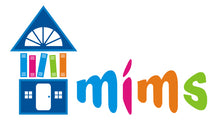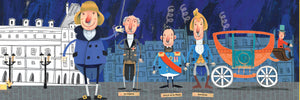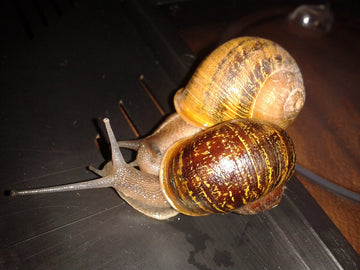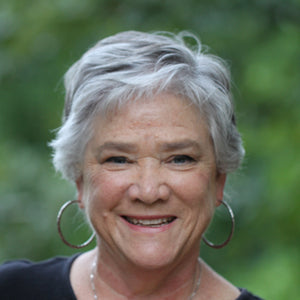Science needs international cooperation
Clang: Ernst Chladni's Sound Experiments
Book 2, Moments in Science
Scientists are often misunderstood in their home towns. They care about odd things, work on strange projects, and talk about weird ideas. In their pursuit of truth, they often found themselves without many friends.
In search of peers, scientists often needed to cross international borders. At home, they look like nerds; but within the context of worldwide scientists, they were normal.
Sound Scientist
So, in 1806 Ernst Florens Frieddrich Chladni (KLOD-nee) left him home in Wittenburg, Germany and traveled around Europe. He was looking for like-minded people who could discuss his experiments with sound. However, he was also looking for work. Most scientists of his time worked for a university. Chladni, however, traveled around to entertain with his science experiments.

Chladni had invented a musical instrument, a clavicylinder. To create sound and ultimately music, glass rods made contact with a glass cylinder. He carried a clavicylinder with him on his travels. This instrument was an outgrowth of his work with how sound waves travel through solids (such as a glass bar). His German book, Die Akustik (The Acoustics), had become the basic work on sound.
To entertain, Chladni demonstrated the clavicylinder and then did other experiments that showed how sound travels through solids.
He traveled for a couple years before finally coming to the French court, where he hoped to meet the notorious Emperor Napoleon Bonaparte. This book, CLANG!, taken from Chladni’s first-hand account of that meeting. The result? Funding! Bonaparte gave Chladni a grant of 6000 francs (a small fortune at the time!), to translate his book into French. Traite d’acoustique, or Treatment of Acoustics, was published in French in November 1809.
Chladni’s story is one of international cooperation among scientists. The French scientists had suggested the royal meeting, introduced him, and later helped him translate his book into French. Often, scientific progress requires international collaboration and cooperation.
2019 Voted Best Book in Science and Technology by the American Association for National Science Education
AESN: “A sound representation of a sound! Takes the form, sometimes difficult to grasp, of sound and waves of sound and that makes learning interesting. ”
CLICK to ORDER Hardcover: $19.99 Or LEARN MORE.




